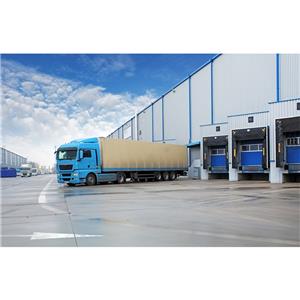Lanying new factory
Steel Structure Installation: Key Considerations
Steel structures are widely used in construction due to their speed of assembly, high strength, good ductility,
short construction cycles, and suitability for tall and large-span projects.
In this article, we’ll explore some essential aspects of steel structure installation.
1. Planning and Coordination
Before installation begins, thorough planning is crucial. Key considerations include:
Site Preparation: Clear the site, level the ground, and ensure proper access for equipment.
Sequence: Determine the order of installation for various components (columns, beams, trusses, etc.).
Logistics: Coordinate material delivery, crane availability, and skilled labor.
2. Safety Measures
Safety is paramount during steel structure installation:
Fall Protection: Workers at heights must use appropriate fall protection gear.
Crane Safety: Rigorous crane operation protocols prevent accidents.
Structural Stability: Ensure temporary bracing during assembly to prevent collapse.
3. Assembly Techniques
Bolted Connections: Most steel structures use bolted connections for ease of assembly.
Welding: Welded connections provide high strength but require skilled welders.
Erection Sequence: Follow the planned sequence to avoid conflicts during assembly.
4. Quality Control
Inspection: Regularly inspect components for defects, proper alignment, and fit.
Tolerances: Maintain tight tolerances to ensure accurate fit-up.
Documentation: Keep records of inspections and adjustments.
5. Environmental Factors
Weather: Adverse weather conditions (wind, rain, extreme temperatures) can affect installation.
Temperature: Cold weather may require preheating for welding.
Corrosion Protection: Apply protective coatings to prevent rust.
Conclusion
Steel structure installation demands meticulous planning,
adherence to safety protocols, and skilled execution.
When done correctly, steel structures provide durable, efficient,
and aesthetically pleasing solutions for modern construction projects.





